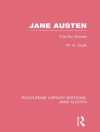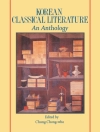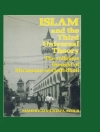Savant Singh (1694–1764), the Rajput prince of Kishangarh-Rupnagar, is famous for commissioning beautiful works of miniature painting and composing devotional (bhakti) poetry to Krishna under the nom de plume Nagaridas. After his throne was usurped by his younger brother, while Savant Singh was on the road seeking military alliances to regain his kingdom, he composed an autobiographical pilgrimage account, “The Pilgrim’s Bliss” (Tirthananda); a hagiographic anthology, “Garland of Anecdotes about Songs” (Pad-Prasang-mala); and a reworking of the story of Rama, “Garland of Rama’s Story” (Ram-Carit-Mala).
Through an examination of Savant Singh’s life and works, Heidi Pauwels explores the circulation of ideas and culture in the sixteenth through eighteenth centuries in north India, revealing how Singh mobilized soldiers but also used myths, songs, and stories about saints in order to cope with his personal and political crisis. Mobilizing Krishna’s World allows us a peek behind the dreamlike paintings and refined poetry to glimpse a world of intrigue involving political and religious reform movements.
Содержание
Acknowledgments
Notes on Texts, Transliterations, and Dates
Introduction: Rādhā-Krishna Devotion in Kishangarh
1. Soldiers Marching: Kishangarh at the Crossroads
2. Gods and Saints Relocated: Sectarian Rivalries and Hinduism in the Making
3. Devotees on the Move: The Pilgrim’s Bliss
4. Legends Mobilized: Garland of Stories and Songs
5. Myth Retold: Garland of Rāma’s Romance
Conclusion: Pilgrimage, Hagiography, and Scripture
Notes
Bibliography
List of Illustrations
Index
Об авторе
Padma Kaimal is Batza Professor of Art and Art History at Colgate University. She is the author of Scattered Goddesses: Travels with the Yoginis (Association for Asian Studies, 2013) and Opening Kailasanatha: The Temple in Kanchipuram Revealed in Time and Space (Washington, 2021).












